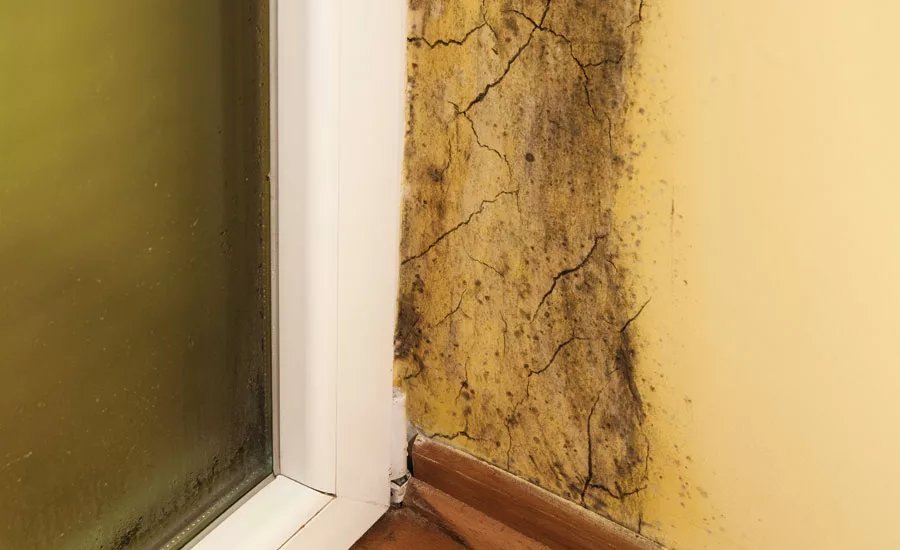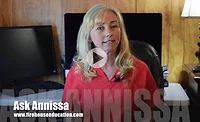Capturing Stable Sales Revenue in 2017



Ask any R&R company owner what his/her greatest challenge is and they’ll most likely speak to the ebbs and flows of sales/cash flow seemingly inherent in our industry. In fact, in discussions with nearly 400 remediation and restoration companies in 2016, over 90 percent of owners named this as their chief concern and/or goal to overcome. This article is about what other service industries have historically done to overcome similar challenges as well as a proposal of what you might consider to create more predictable and stable sales revenue in 2017.
Take a Cue from Another Industry
Pest control is a perfect example of a service industry that has overcome unpredictable sales revenue challenges by adapting its business model over the last 50 to 60 years. About 10 years ago, while visiting with a friend who owns a large pest control firm in Birmingham, Ala., the father of the now-company president took me aside and reminisced with me about the good ole’ days of the pest control industry. He explained that in the early days of his business, nearly all his sales were “curative” (remedial) in nature. He said it felt like he was always chasing sales but it never felt like he had control or was getting ahead. Sound familiar? Fast forward 40 years and the same company services more than 40,000 customers regularly and has recurring annual revenue of nearly $15 million with greater than 80 percent net profits.
Looking back, as an industry, pest control owners and operators worked together to institute recurring services for the general public that also offered significant value to the property owner in terms of peace-of-mind, reporting and protection. In a 2015 article in Pest Control Technology magazine, a study of 8,889 companies found that on average, 71 percent of sales were generated by “general pest control” while 29 percent of sales were generated by “termite” and “add-on sales”. What do these three areas have in common? For the most part, they all tie back into annual, semi-annual or quarterly service contracts. Why is this important? Fifty years ago, the pest control industry rectified its sales revenue challenges by moving from mostly curative services to mostly preventative services.
An Ounce of Prevention is Worth a Pound of Cure
Now let’s take this into our industry. We’re living in a time of history when indoor air quality, energy efficiency and real/true information is prized. The opportunity is there to be seized but most are missing the boat.
While the R&R industry will always include response-driven sales (especially for those focusing on insurance claims), companies should consider aggressively moving toward a balance of controllable sales and recurring service contracts.
Last year, I had the opportunity to witness a sampling of approximately 100 remediation contractors begin offering both residential and commercial moisture control services to complement their mold remediation sales across the United States.
After a 12 month period, the companies who established an organized system of service, marketing, sales and recurring contracts increased first year sales by as much as (and in some cases more than) 100 percent. That experience gave me the confidence and hope that our industry could accomplish similar results.
Unfortunately to this point, not enough R&R companies have engaged in these types of complementary and sales-building services, so in addition to revenue being left on the table, benign neglect has also given rise to unlikely competitors in other industries like pest control, foundation repair, waterproofing, etc. So how do we respond to this challenge and meet an apparent market demand with the knowledge, tools and expertise that our industry provides?
For the last two years, I’ve worked with R&R companies across the nation by co-instructing the IICRC CEC Class 2913, “Mold + Moisture Control in Attics, Basements and Crawlspaces”. As we tested the education process, we found that connecting the dots for property owners based on a foundation of dew point, condensation, moisture content, substrate thresholds and engineered solutions creates a maximally educated customer who understands that you’re acting in their best interest, no sales tactics required. Done properly, the R&R company using this method of education appears to be and is the only sensible choice for mold remediation services and on top of that, they’re walking away with profitable moisture control services.
Plus, while doubling average sales per customer is very attractive, building annual service contracts with customers begins to establish recurring income for the R&R company to begin addressing the cash flow weakness that I spoke to first.
There’s another benefit to keep in mind: contracts build the value of your company. Whether you’re a young company looking for a loan, a growing company looking for investment or an established company looking to sell, a base of contracts will build and substantiate the value of your company unlike anything else.
Engineered Moisture Controls & Environmental Thresholds
Let’s continuing broadening this discussion by allowing me to ask you a question. When you’re called into a potential mold remediation job, what do you focus on when educating the property owner? For most, the natural tendency is to talk about mold facts, proper mold remediation procedures, certifications, etc. That’s understandable. After all, mold remediation is your business…or is it?
Most restoration companies are very good at addressing two things with customers:
- How the problem occurred in the first place.
- How the problem can/should be fixed.
But they’re missing the most important part for property owner: How to prevent a recurring problem in the future. Your business is solving your customer’s problem(s). Your customer thinks their problem is mold, but your responsibility is in educating your customer about the real source of their problem … moisture.
Property owners want peace-of-mind after a mold remediation service. The number one question R&R companies receive at some point during the remediation process is something like, “What warranty does your company offer to guarantee that mold won’t come back again?” Most companies respond with something similar to, “We can’t guarantee anything after today because we can’t control what happens in the future.” Or worse, they succumb to pressure and take on unnecessary liability by providing a warranty, but do nothing to mitigate their own risk. Your customer is asking for long-term solutions but somehow as an industry, we’re either not hearing them, we’re refusing to meet the demand or we’re simply unwilling to change … or perhaps a combination of all three.
Remediation Does Not Address Ongoing Moisture Issues
We can all agree that the physical removal of mold under controlled conditions is the proper way to address remediation. Seasoned owners and technicians are often quick to remind me that “as long as you remediate properly and keep the area dry once remediated, you won’t have a future problem.” However, while this is true, the thing that this industry seems to be missing is the relationship between temperature and humidity, otherwise known as dew point. It doesn’t matter how dry an area is today. If the dew point rises and condensation occurs, moisture content in structural substrates rises, producing conditions conducive to mold growth. We see examples of this daily in attics, basements, crawlspaces and exterior wall cavities. There was no water intrusion. There was no leaky pipe. There was only the condensation caused by temperature differentials that resulted in hitting a dew point over enough cycles that moisture content increased and the resulting conducive condition lead to mold growth. So while, yes, keeping an area dry is an absolute must, it takes specific engineering controls to prevent condensation from leading to moisture content increases and therefore mold growth.
Next Step: A Successful 2017
Adding moisture controls to your service offerings is just one of many options available to R&R contractors. Figuring out how to add in preventative services and long-term contracts will mean a more profitable 2017, and a well-rounded customer base for years to come.
Looking for a reprint of this article?
From high-res PDFs to custom plaques, order your copy today!





